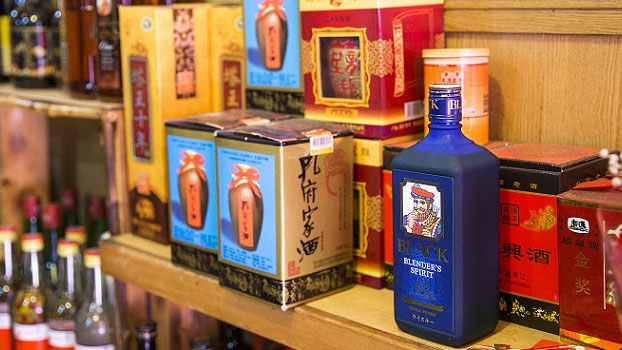As new standards for Japanese Whisky labeling are announced, Dekanta has released a survey indicating that consumer demand remains high and is increasingly exciting.
Calls to set a standard for what constitutes a Japanese Whisky were met this week by the Japan Spirits & Liquors Makers Association, who published new, government-approved labeling standards for Japanese whisky to “protect the interests of consumers, ensure fair competition, and improve quality.” This news comes at a time when interest in the category is demonstrably high, as evidenced by recent findings from a dekantā survey of more than 1,600 randomly sampled individuals, in which nearly two thirds of surveyed drinkers reported spending more on Japanese Whisky in 2020 than the previous year.
The new standards bring clarity about the required geographical origin of the components used in the production of Japanese Whisky. Though whisky has been distilled in Japan for around a century, the original laws governing what may be labeled as Whisky, introduced in the 1950s, have been more concerned with tax collection than with where the spirit has been distilled and matured. A shortage in supply of aged Japanese whisky stocks, coupled with a lack of regulation, has resulted in some producers importing spirit from other whisky-producing nations to bottle in Japan, in an effort to meet the international demand. Whisky drinkers worldwide, familiar with the produce of regions with more strict labeling standards, such as that of Scotch whisky, have faced unclear messages about the origin of many products labeled as Japanese whisky.
Dekantā conducted its online survey of over 1,600 individuals in February 2021, to investigate whether consumer attitudes towards the category have been impacted by the lack of industry regulation. Demand for Japanese Whisky was high throughout 2020, in spite of growing awareness of the lack of labeling standards in Japanese whisky: 84.8% of respondents bought at least one new bottle of Japanese Whisky in 2020, with 70.1% reporting that they are happy to spend at least $100 on a bottle purchase on a regular basis to enjoy with family and friends.
Demand for Japanese Whisky appears to be on an upward trajectory: 61.2% spent more on Japanese Whisky in 2020 than they did in 2019, and 83.8% reported that they were more likely to purchase Japanese Whisky today compared to last year. Around two thirds of consumers acknowledged awareness of the shortage, and just over half reported that Japanese Whisky is becoming harder to find than it has been in the past. 84.2% of people surveyed responded that Japanese whisky is becoming more exciting than it has been in the past.
“We welcome the introduction of these new standards, which bring much needed clarity to an industry that has quickly outgrown expectations, both in terms of existing regulation and supply,” dekantā Founder and Director Makiyo Masa. “We have always felt a duty to offer as transparent a picture of Japanese whisky as possible, empowering consumers to make informed choices. We hoped that our honest approach would build consumer faith in Japanese whisky, and we’re delighted that this survey confirms that confidence remains unshaken, and that excitement for the category is higher than ever. I’m looking forward to seeing how the world of Japanese whisky will be shaped, now that clear expectations have been set.”


